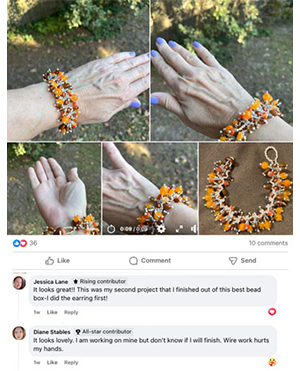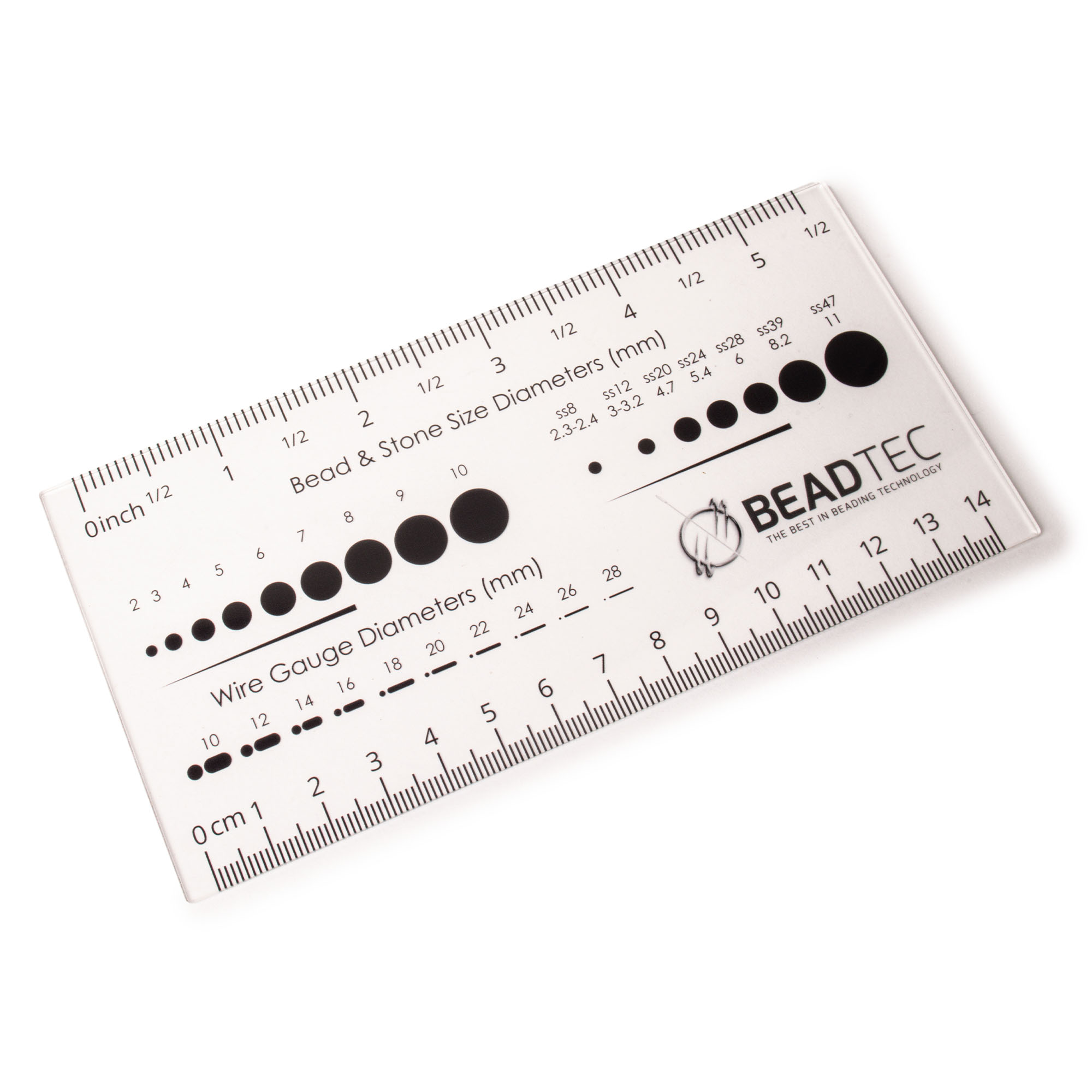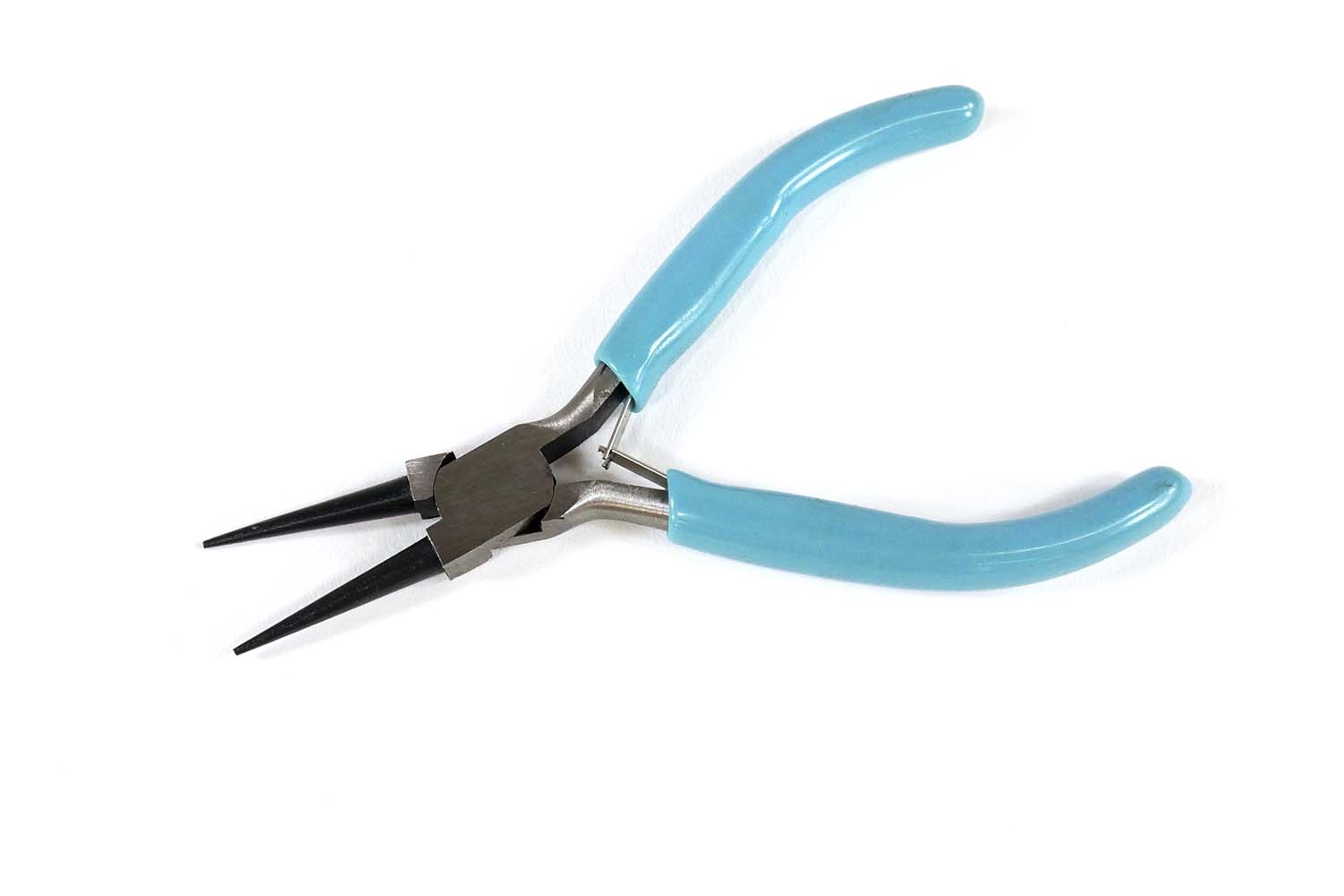- Jewelry-Making Supplies ▾
Design Jewelry with Confidence!
Seed Beads
Thread, Wire, & Stringing Materials
Athenacast Findings & Components
Everything Else
- Kits & Collections ▾
Assemble Your World
Kits & Collections
- Subscriptions ▾
Want monthly Beading Happiness?
Subscriptions
- Learn to Make ▾
Want to learn more?
- Discounts & Deals ▾
Explore Today's Promotions!
- Jewelry-Making Supplies
- Kits & Collections
- Subscriptions
- Learn to Make
- Discounts & Deals
-
Seed Beads
Thread, Wire, & Stringing Materials
Findings & Components
Everything Else
-
Kits & Collections
-
Subscriptions
- Home
- How to Make Jewelry
- Better Beader Episodes
- Basic of Pearl Knotting
Basic of Pearl Knotting

Watch the Video Tutorial
Watch the Video Tutorial
Need Any Extra Materials?
Need Any Extra Materials?
Need Any Extra Materials?
Need Any Extra Materials?
Episode Transcript
Episode Transcript
Introduction
Pearl knotting is a classic jewelry-making technique that adds elegance and sophistication to any pearl necklace or bracelet. In this Better Beader episode from Potomac Beads, we'll walk you through the basics of pearl knotting, providing a step-by-step guide to help you create your own stunning pearl jewelry.
Materials Needed
- Pearls of your choice (freshwater, Swarovski, or other types)
- Silk or nylon beading cord (e.g., Griffin Silk Cord or Beader's Secret)
- French wire bullion (cut into 1-inch pieces)
- Bead tips (size appropriate for your pearl holes)
- Clasp of your choice (e.g., lobster claw or spring ring)
- Beading awl or tweezers
- Scissors
- Hypo cement or other jewelry glue
Step-by-Step Tutorial
- Cut a length of beading cord approximately twice the desired length of your necklace or bracelet, plus an extra 12 inches.
- String a bead tip onto the cord, leaving a 6-inch tail. Create an overhand knot around the bead tip, and apply a small amount of hypo cement to secure the knot.
- String on your first pearl, then create an overhand knot snugly against the pearl. For larger pearls (8mm or more), you may need to create a double knot.
- Continue adding pearls and knotting between each one until you reach the desired length. Make sure to keep the knots tight and consistent.
- String on the second bead tip and make an overhand knot, leaving enough space for your clasp. Apply hypo cement to secure the knot.
- Open a piece of French wire bullion and slide it over the beading cord. Crimp it closed using chain nose pliers.
- Trim the excess cord close to the bullion, and use the beading awl or tweezers to tuck the end inside the bullion.
- Attach your clasp to the bullion using a jump ring.
- Repeat steps 6-8 on the other end of your necklace or bracelet.
Customization Ideas & Inspiration
Pearl knotting offers endless possibilities for customization. Consider these ideas to make your pearl jewelry unique:
- Mix and match different types, sizes, or colors of pearls for a modern twist.
- Incorporate gemstone beads or crystal spacers between the pearls for added sparkle.
- Experiment with different cord colors to complement your pearls or create a bold contrast.
- Use a decorative clasp, such as a vintage-inspired filigree or a sleek magnetic clasp, to elevate your design.
Conclusion
With this step-by-step guide, you now have the knowledge and skills to create your own beautiful pearl knotted jewelry. Remember to take your time, keep your knots consistent, and have fun exploring different design possibilities. We'd love to see your creations – share them with us in the comments below or on social media!
For more inspiring beading projects and techniques, be sure to check out other Better Beader episodes from Potomac Beads.
Join Our Growing Community
Join Our Growing Community




Our Testimonials
Our Testimonials
- 55868 (83.8%)
- 4799 (11.4%)
- 3287 (4.1%)
- 228 (0.4%)
- 124 (0.3%)
- Favorite Reviews
- Highest to Lowest
- Newest to Oldest
- All Ratings
- 5 ★ Reviews
- 4 ★ Reviews
- 3 ★ Reviews
- 2 ★ Reviews
- 1 ★ Reviews
Loading...
Only Visible on Admin Mode
Item Description
Designer's Material List
Project Steps
Starting the Knot: Determine if your bead can fit through both threads. If not, tie an overhand knot after placing the bead close to the wire guard using a beading awl for precision.
Adding Beads: Add one bead at a time, tying a knot after each bead. Use the beading awl to push the knot close to the bead for a tight finish.
Finishing the Piece: When all beads are added, attach the other end to a wire guard as you started, securing the final knot underneath the guard.
If necessary, feed the thread back through the last bead to hide it or add a dab of glue for security.
Highest Quality
Products
100% Money
Back Guarantee
Fast
Shipping
Best Teaching &
Customer Service
You'll want these emails...
Get Free Projects & Inspiration
Get Free Projects & Inspiration
- Bullet 1
- Bullet 2
- Bullet 3
Copyright © PotomacBeads









